#madam of lithuania's ramblings
Text
Happy New Year everyone ✨️ 💛 💖 🤗
I wish you all the Happiest years to you all

And now I gonna go to drink some champagne 🍾 😋

#happy new year#i hope that in this newest year my art gonna improve and I someday will find a girlfriend it i be lucky that is#wish me all a good luck that i my art who be better of this newest year and i who also find a girlfriend in this newest year#sorry for my ramblings#i am a helpless romantic#madam of lithuania's ramblings#madam of lithuania#lithuanian hetalian#lithuanian artist#hetalian
39 notes
·
View notes
Text
Someday I wanna go and visit my online besties, that is it they invite me,
I don't know how in other countries but in my country Lithuania without invitation is considered rude
I hope i visit my besties someday
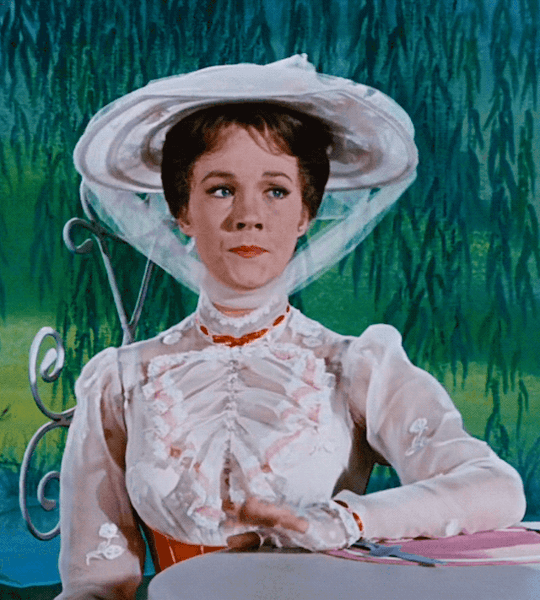
#someday i wanna see my friends in real life you see my besties are from other countries i have 3 friends one from Greece#the second friend is from Sweden and my 3rd friend is from Spain#i love my besties#I enjoy talking and spending time with them i hope someday visit them soon#madam of lithuania's ramblings#madam of lithuania#lithuanian artist#lithuanian hetalian#hetalian
44 notes
·
View notes
Text
If was fun in Birštonas
Good bye Birštonas
I will miss this place and city town 😢
I hope I visit someday again
I love this city town

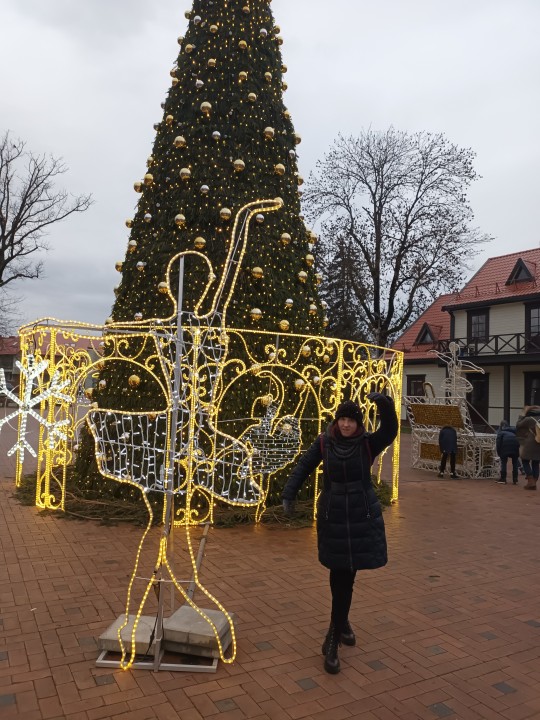




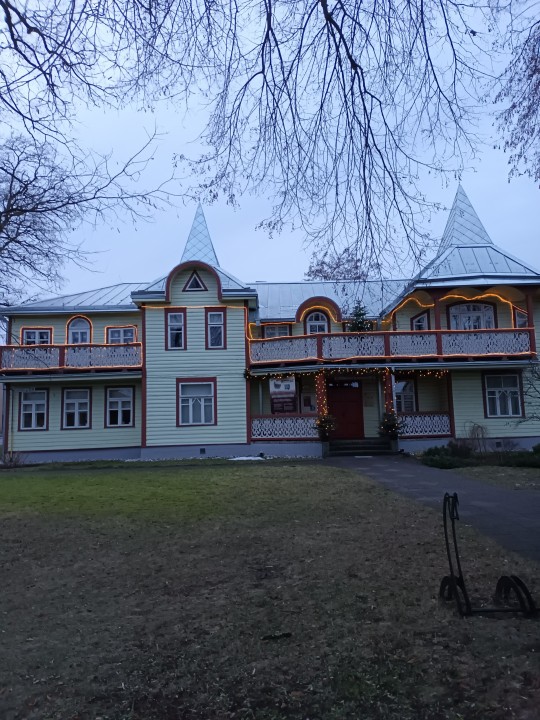

#good bye Birštonas I will miss you 😔#my favorite place and city town#lithuania#birštonas#lithuanian artist#lithuanian girl#lithuanian hetalian#hetalian#madam of lithuania's ramblings#madam of lithuania
33 notes
·
View notes
Text
OMG tomorrow is gonna be my birthday 🎂 🥳 🎉 🎈 🎁

#OMG tomorrow is my birthday 🎂 🥳 🎉 🎈 🎁 🎊 🎂#omg i so excited 😊 🤗#madam of lithuania speaks#madam of lithuania's ramblings
8 notes
·
View notes
Note
You like historical clothing, yes? Would you be willing to either give me some tips or resources about historical Lithuanian clothing for men?
Thank you!!
Sure I who not mind, i choose the ancient baltic clothing
Early Iron Age (I–IV centuries AD)
Clothing is believed to be of a tunic style. Tablet-woven sashes with simple, longitudinal designs are worn, tied at the waist or to embellish the garment edges. The cloth is woolen, woven on vertical frame looms in a 3-shaft twill pattern. Women’s headwear is embellished with small, round or flat metal pieces, their fronts adorned with ornaments hung on twisted, two-stranded wire. Another special type of women’s headwear from this period covers the temples with a symmetrical pair of flat, ring or coil shaped ornaments. We still do not know if this jewelry was worn for specific occasions. The metal ornaments from the period are subtle in form, made of silver filigree, with incrustations of azure blue glass and framed in red, black or green enamel.
In the later part of this period, these types of ornaments, as well as elaborate multicolored glass bead necklaces brought from the Roman Empire, are no longer in evidence. The dominant technique for making ornaments becomes metal casting; decorative elements echo patterns found in tablet-woven sashes: longitudinal designs made up of dots, triangles, or series of open circles. Designs on brooches consist primarily of arched ladders. Long needle-like pins worn by women are bobbin shaped, or less commonly they have rounded blue ends, worn in pairs, joined together with one or two small chains and pinned to the shoulder region. Ornaments worn around the neck have trumpet or cone-shaped ends, often with azure blue dangles. Bracelets are massive and cut from a round piece of metal, or less commonly, made from braided pieces of metal. During this period both men and women wear such arm decorations, usually one on each wrist. Bracelets made of braided metal are especially popular.
Middle Iron Age (V–VIII centuries AD)
The clothing style as well as the cloth worn during the Middle Iron Age remains much the same as before: the woolen cloth is still woven on upright frame looms, and sashes have the same linear patterns. The metal ornaments, however, are not as subtle in style as before. They are much larger and the bodies of many of the pins and brooches are made of bronze and covered with a thin layer of silver; minimizing the amount of precious metal used.
During this period women begin wearing skull caps – a few rows of short woven decorative elements, interspersed with cast flat metal pieces, decorated with metal eyelets and strung together on woolen thread. Bracelets are still massive, with only the portion encircling the wrist being somewhat narrowed, their ends are now wider. Women wear one or two on each arm, while men adopt the habit of wearing one very large bracelent on the left wrist. This is the so-called “warrior” bracelet, intended to protect the wrist when holding a battle shield.
Necklaces made of glass beads are typically worn only by women, although men of the Aukštaičiai tribe also wear such neck ornaments. Both men and women wear amulets made of amber – typically a large bead, cone-shaped at both ends, that was hung from a brooch, sash, or woman’s straight pin. As before, needle-type pins are worn in pairs, connected with small chains and decorated with small hanging ornaments. In the northern regions these are a woman’s primary accessory clothing element; brooches, such as those worn by men, are not found with their clothes.
The women of the southern Baltic tribes use brooches to fasten their clothing. These are circular in shape, cast in bronze or silver, and often decorated with serpent head motifs, or sometimes with poppy seed pods. Men wear leather belts with raised metal clasps, and sashes from which they hang their weapons, and tall boots fastened at the knee with belt buckles.
Late Iron Age (IX–XIII centuries AD)
During the Late Iron Age the ornamentation of the clothing worn (and, we believe, the clothing silhouette itself) changes. Brooches now have a horseshoe shape rather than the earlier circular shape. We find some of them in men’s graves, leading us to surmise that men’s clothing from the period was cut down the center and that the brooches were used as buttons. The tablet-woven sashes now have more complicated patterns of geometric rhombi, and cross and swastika motifs.
Along with woolen cloth, beginning with the 10th century, we now find cloth made of linen. The larger quantity of woven material leads us to believe, that towards the end of this period, the Balts, like other European peoples, have now learned to use horizontal looms. With the advent of flax cultivation, we begin to see the use of thread made of a wool/flax combination in woven sashes and later, in scarves.
As before, women enjoy wearing knotted skull caps, although now their small metal ornaments are no longer cast, but rather hammered into various shapes and embellished with intertwined ellipses, swastikas, triangles and rhombi. These pieces are strung on braided or spun linen thread rather than on strands of wool. Bracelets are mostly of braided metal. Men continue wearing a massive bracelet on their left wrist, but now these are wrapped in a long woven sash and strung with small rings (chainmail). The Semigallian wimples are adorned similarly with small chains strung together on a long string, as are Samogitian womens’ hats/headwear. Maple tree whirligig-shaped ornaments hang from their fronts.
Clothing often is embellished with tiny round metal beads, a style especially favored by Semigallians. Samogitian women string and hang beads in a flat rhombus shape on their robes, so that as they move, the beads touch each other and make a tinkling sound. Selonian women like to pin tubular bronze pins on their robes to form various geometric designs; the tunics of the Latgalian men are similarly adorned.
Important parts of the “dress uniform” of warriors/soldiers are tall boots and a leather belt covered with hammered bronze plates ending in woven bronze tassels. During this period neck ornaments are made of braided metal with loop and hook closures. Those worn by Selonian women have flat, curved ends decorated with geometric motifs; some have additional flat metal pieces or small round bangles arranged in a trapeze shape. Often these bangles are used to form a part of womens’ necklaces along with braided elements and glass beads. As before, bracelets are mostly of braided metal, although their central portions are widened and geometric forms added.
XIII–IV centuries AD
The changes in outfits worn during the 13th – 14th centuries are even greater. Along with the traditional and locally made garments of linen and wool, we now find imported weaves of silk and brocade. Because of their expense, these materials are used only in sashes and textile-based headwear. Plaid scarves can now be found. Headwear has also changed; now it is made of sashes of wool or silk and decorated with small, four or five-sided flat plates; spaces between them are filled with threaded bead embroidery (biserio).
The shape of brooches changes, such that now we find round, cast brooches with a hole in their center used for fastening. Small horseshoe-shaped brooches are found arranged vertically on the right side of the neck, most likely having been used to fasten the opening of a dress or underclothes. Bracelets are uncommon and the ones found are now of a different shape – in the form of bands made from pieces of bent, decorated sheets of metal, or tripartite and joined with loops.
Necklaces are made from small glass beads, with rounded, four-sided, or cross-shaped dangles and seashells. Earrings are a new accessory and are worn primarily by Balt women, who also begin to wear metal-plated belts of the type that men wear, as well as a new “invention” from the West – leather pouches with closures attached to their belts. Also worn are amulets – claws of male bears encased in bronze, and cast bronze keys with rhombus-shaped tops in a gothic style.
The men’s outfits of this period are much harder to determine from the available archaeological material. Nevertheless, we can deduce that men wear woolen socks and tall boots, and linen underclothes. They sport wool tunics woven on a three shaft loom, with their garments held together with bronze plated belts from which would hang a leather pouch and knife.
#lithuanian historical clothing#lithuanian history#historical clothing#ancient baltic#baltic tribes#baltic history#lithuanian hetalian#hetalian#madam of Lithuania answers#ask answered#ask#madam of lithuania#madam of lithuania's ramblings
15 notes
·
View notes
Text
Today I be going to Birštonas
Birštonas is the spa town in Lithuania 🇱🇹 Situated 30 km (19 mi) south of Kaunas on the right bank of the Nemunas River.
Birštonas received its city rights in 1529 and was appointed a city in 1966.
The city is the administrative centre of the Birštonas municipality.
#finally i going to birštonas my another favourite place and city town 😍 😌 ☺️ 🤗#i miss birštonas#lithuanian artist#lithuanian girl#lithuanian#lithuanian hetalian#hetalian#madam of lithuania's ramblings#madam of lithuania
18 notes
·
View notes
Text
OMG I so excited for this year's Eurovision 😍 😆 💗 😭 💖 can't wait to watch Eurovision in television i so excited 😆 😍 😄 😀 😊 ❤️
Those who don't know what is Eurovision, Eurovision is the European song contest, Eurovision is a big deal here in Lithuania🇱🇹 and in all of Europe 🇪🇺💖💖💖💖

#OMG so excited for eurovision#eurovision song contest 2022#eurovision 2022#eurovision song contest#eurovision#madam of lithuania's ramblings#madam of lithuania#lithuanian hetalian#hetalian
10 notes
·
View notes
Text
I waiting for the bus, i be going to The art school 🏫 🙂 ✨️ 💖💖💖💖💖💖💖👌🏫💖💖💖💖💖
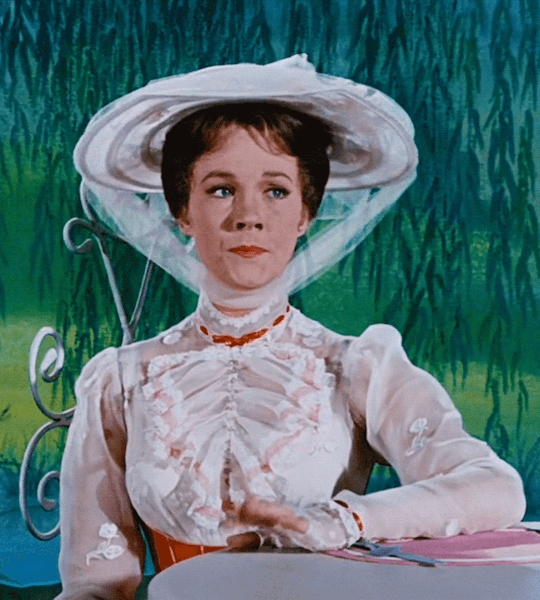
#I so excited to go to the art school again yay 🤗 ☺️ 💓 💖 💗 art school is the greatest school ever 💖 😍 ❤️ 💙 💗#lithuanian artist#european artist#beginner artist#wannabe artist#queer artist#lesbian artist#female artists#lithuanian hetalian#hetalian#madam of lithuania#madam of lithuania's ramblings
7 notes
·
View notes
Text
Happy women's day everyone 💗 💓 💛 💖 💕

Me in my art school art celebrating women's day and drinking tea 🍵 👌

11 notes
·
View notes
Text
Today I was buying a a ticket for the anime concert I'll be in my city Kaunas

OMG I so excited 😆 😍 😄 😀 😊 ❤️
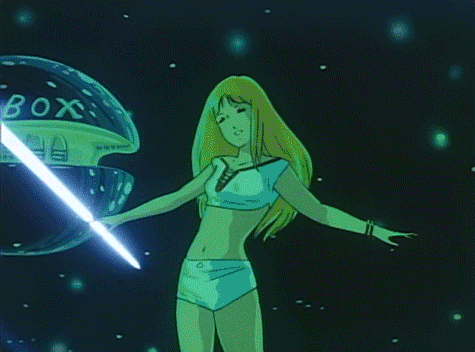
#can't wait to watch the anime concert i so excited#anime concert#madam of lithuania#madam of lithuania's ramblings#lithuanian hetalian#hetalian
6 notes
·
View notes
Text
Is Christmas
Merry Christmas everyone ❤️♥️💕💖💓
I got a present who i wanted
I got acrylic paints and Harry Potter pajamas best gifts ever 💓💕💗💖


#merry Christmas everyone#I got the presents who I wanted I got the acrylic paints and harry potter pajamas#best presents ever ❤️ 💕 💖 💓#madam of lithuania's ramblings#madam of lithuania#lithuanian artist#lithuanian hetalian#hetalian
9 notes
·
View notes
Text
Today is kūčios(Christmas eve)
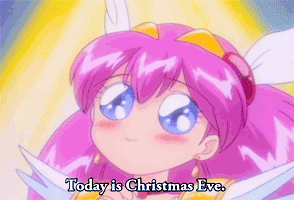
And happy holidays and happy Christmas eve everyone

#today is kūčios(christmas eve)#I wish you all a happy christmas eve and happy holidays 💖 ❤️ 😊 ☺️ 💕#madam of lithuania's ramblings#madam of lithuania#lithuanian hetalian#lithuanian artist
9 notes
·
View notes
Text
Labanaktis (good night) everyone now I need to go to sleep 😴 💤

#labanaktis(good night)#and happy holidays#happy holidays everyone#madam of lithuania's ramblings#madam of lithuania#lithuanian hetalian#hetalian#lithuanian artist
10 notes
·
View notes
Text
Yesterday I got my new hair cut
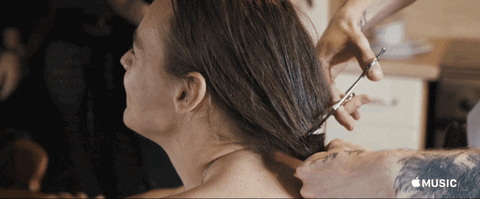
#so now i have short hair#I love my new haircut#madam of lithuania's ramblings#madam of lithuania speaks#lithuanian hetalian#hetalian
6 notes
·
View notes
Text
Good news everyone
i going in Vilnius with my mom and my two little brothers
Vilnius is the first largest city in Lithuania and the capital of Lithuania 🇱🇹
#madam of lithuania's ramblings#madam of lithuania#lithuania#lithuania 🇱🇹#リトアニア#リトアニア🇱🇹#vilnius#lithuanian hetalian#hetalian
4 notes
·
View notes
Text
I finally finished my drawing for hetaliasecretSanta22 event in Instagram
If be only posted in December 24 or December 25.
I hope that person gonna like my present for hetaliasecretSanta22
#madam of lithuania's ramblings#madam of lithuania#lithuanian hetalian#hetalian#hetaliasecretSanta22
6 notes
·
View notes